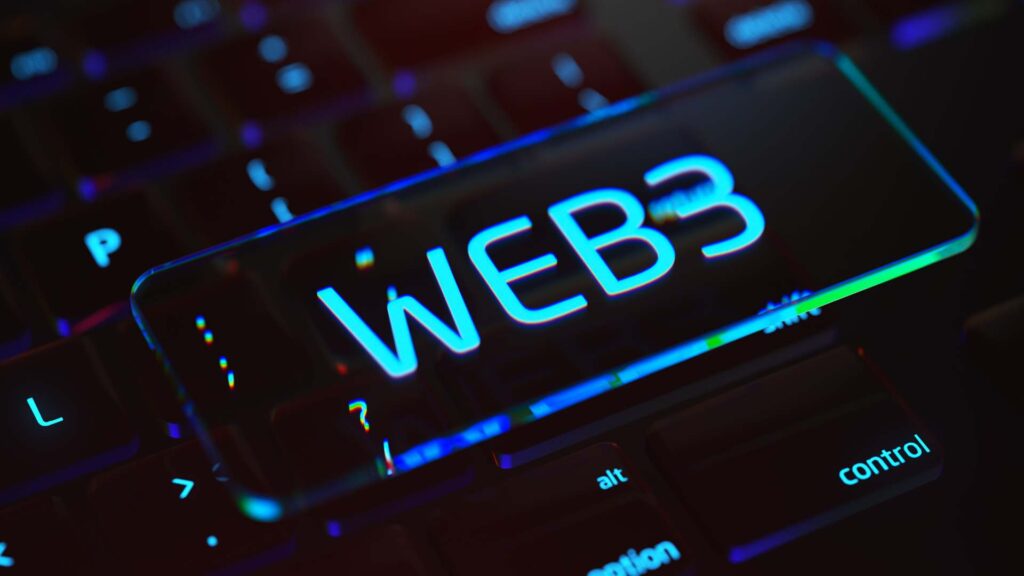Web 3.0 Meaning: The Evolution and Future of the Internet. The internet’s journey has been nothing short of spectacular. From static web pages in its infancy to the interactive platforms we see today, it’s always evolving. One term that has recently been making waves in this journey is “Web 3.0.” But what does “Web 3.0 meaning” imply? This article aims to demystify Web 3.0, trace back its roots, and explore its future.
Table of Contents
Toggle1. The Story So Far: From Web 1.0 to 2.0
The internet began with Web 1.0, a static medium where content was read-only. Websites were simple, constructed with basic HTML, and interaction was minimal. Fast forward to Web 2.0, and the internet became a dynamic platform. It was no longer just about reading but about participation. Social media, blogs, wikis – the user-generated content era had begun. The transition from 1.0 to 2.0 was transformative, setting the stage for what’s next.
2. Decoding the Web 3.0 Meaning
Web 3.0 represents the next phase in the internet’s evolution. Often termed the “Semantic Web,” it’s about making online content more meaningful and contextually relevant. Web 3.0 integrates artificial intelligence and machine learning, enabling platforms to understand user preferences and needs. It isn’t just about connectivity; it’s about enhanced, personalized experiences.
3. Key Characteristics of Web 3.0
- Semantic Understanding: Machines can comprehend content, context, and user intent, making search and information retrieval more efficient.
- Interconnectivity: Different databases and services will be interconnected, leading to a seamless flow of data.
- Personalization: With the ability to understand user patterns and behavior, Web 3.0 will offer personalized user experiences.
4. The Role of Blockchain in Web 3.0
Blockchain is a foundational pillar of Web 3.0. It ensures decentralization, where no single entity has control. This approach ensures transparency, security, and user ownership of data. With blockchain, Web 3.0 is poised to give power back to the users, ensuring that they have true ownership of their digital identities and assets.
5. Web 3.0’s Implication for Businesses
For businesses, Web 3.0 offers a new frontier of opportunities. With deeper insights into customer behaviors, businesses can create tailored experiences. Moreover, with the integration of blockchain, there’s potential for more secure, transparent transactions. Web 3.0 will usher in a new era of commerce, communication, and customer relations.
6. Challenges on the Horizon
Every technological advancement comes with its set of challenges, and Web 3.0 is no exception. Concerns about privacy, data security, and the complexities of integrating decentralized systems loom large. Moreover, as AI and machine learning become more embedded, there’s a need for ethical considerations and ensuring unbiased algorithms.
7. Predicting the Future: Web 4.0 and Beyond
While Web 3.0 is still in its nascent stages, speculations about Web 4.0 are already making rounds. Predictions suggest it might be about “total connectivity,” where the virtual and real worlds blend seamlessly. Think smart cities, augmented reality, and even more profound AI integration. The line between digital and real will blur, reshaping our lives in unprecedented ways.
8. Conclusion: Embracing the Web 3.0 Era
Understanding the “Web 3.0 meaning” is crucial as we stand on the brink of a digital revolution. It’s not just a technological shift but a philosophical one, redefining the way we interact with the online world. As users, developers, or business owners, embracing Web 3.0 is no longer optional. It’s the pathway to the future.
Conslusions
The progression from Web 1.0 to Web 3.0 is a testament to human ingenuity and the relentless pursuit of a better, more connected world. As we sail into this uncharted territory, it’s essential to be informed, adaptive, and prepared for the wonders that Web 3.0 has in store.





